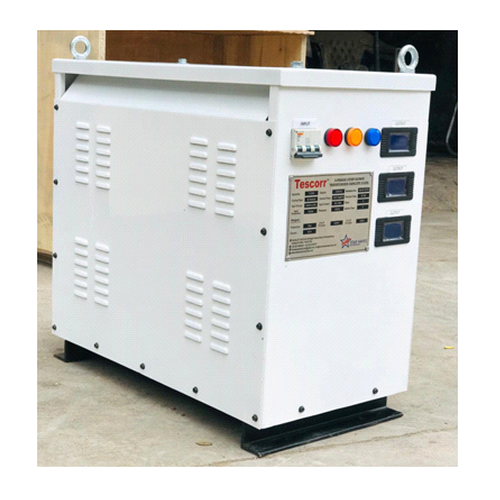Transformers play a vital role in the world of electrical power distribution. Among the various types of transformers, the three-phase transformer stands out as a crucial component in many industrial and commercial applications. In this article, we will delve into the ins and outs of three-phase transformers, exploring their workings, benefits, and applications.
**1. Introduction to Three-Phase Transformers**
A three-phase transformer is a type of power transformer that operates on a three-phase electrical system. Unlike single-phase transformers that work with single-phase alternating current (AC), three-phase transformers are designed to handle a three-phase AC supply. This makes them more efficient and suitable for high-power applications.
**2. Construction and Working Principle**
Three-phase transformers are built using three sets of primary and secondary windings. The windings are carefully arranged to form a specific configuration, such as the delta (∆) or wye (Y) connection. Each set of windings receives one phase of the three-phase AC supply.
When three-phase AC current flows through the primary windings, it creates a magnetic flux within the transformer’s core. This magnetic flux induces a voltage in the secondary windings, which results in the transformation of voltage levels as required for the electrical distribution system.
**3. Advantages of Three-Phase Transformers**
Three-phase transformers offer several advantages over their single-phase counterparts:
**a) Higher Power Output**
Due to their ability to handle three-phase power, these transformers can deliver significantly higher power outputs. This makes them indispensable in industrial applications where high power demands are common.
**b) Efficient Power Transmission**
Three-phase power transmission is more efficient than single-phase, as it requires fewer conductors to transmit the same amount of power. Three-phase transformers facilitate this efficient power transmission, reducing energy losses during distribution.
**c) Smaller Size and Weight**
Compared to three single-phase transformers, a three-phase transformer is more compact and lightweight. This advantage is particularly crucial in settings with limited space or where mobility is essential.
**4. Applications of Three-Phase Transformers**
Three-phase transformers find diverse applications across various industries:
**a) Power Distribution**
The primary use of three-phase transformers is in power distribution networks. They step down the high-voltage electricity generated at power plants to lower voltages suitable for transmission and distribution to households and businesses.
**b) Industrial Applications**
Industries rely heavily on three-phase transformers for their power needs. Manufacturing plants, refineries, steel mills, and other heavy industries use these transformers to power their equipment and machinery efficiently.
**c) Renewable Energy Integration**
In the renewable energy sector, such as wind and solar power, three-phase transformers are essential components for connecting the generated electricity to the grid.
**d) Railway Systems**
Three-phase transformers are utilized in railway traction systems to convert the high-voltage AC power from the overhead lines into suitable voltage levels for train motors.
5. Maintenance and Safety Considerations**
Regular maintenance of three-phase transformers is crucial to ensure their optimal performance and longevity. This includes monitoring the insulation, checking for overheating, and inspecting for any signs of wear or damage.
Safety is of paramount importance when dealing with transformers. Qualified professionals must handle installation, maintenance, and repairs to prevent accidents and ensure compliance with safety regulations.

